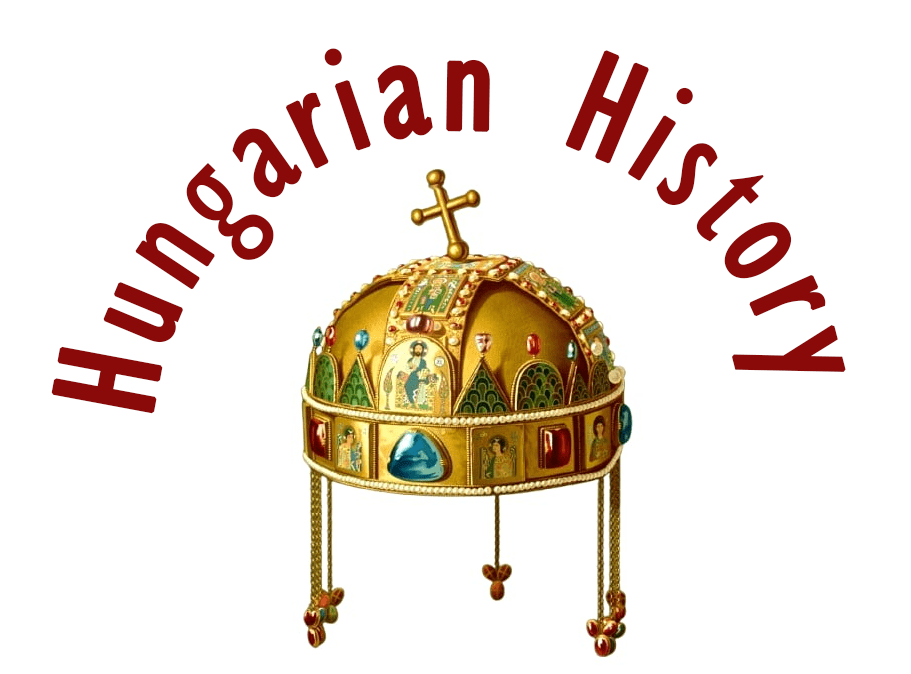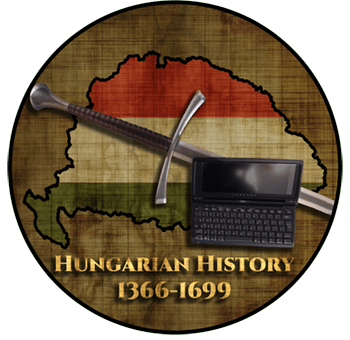Somoskő

The castle of Somoskő is located exactly on the Hungarian-Slovakian border, right next to the castle of Salgó. The village of the castle is called Somoskőújfalu that is still in Hungary but its castle, Somoskő (Šomoška) can be found already in Slovakia. Similar to this location, the castle used to be a Borderland castle during the Ottoman wars. When I was a child, my late father took me to Salgó castle and showed me Somoskő. It was the first castle I saw floating in a cloud and it burned into my soul. No wonder that I keep using the image of Somoskő castle for my books and web pages. Location: https://tinyurl.com/4s7j4s6p

Somoskő was built by one of the members of the Kacsics Clan that used to own the neighboring lands in the mid-13th century, presumably after the Mongolian invasion, we do not know the exact time. However, we know that the sons of Péter of the Kacsics Clan sided with the mighty oligarch, Csák Máté in 1310. They ceded their castles to him: Hollókő, Baglyas, Sztrahora, and Somoskő castles had to be given to the Csák family.

Assumedly, the Kacsics Clan had not taken the side of Lord Csák out of his free will because King Károly Róbert, having defeated Csák Máté in 1312, gave Somoskő castle back to a member of the Kacsics Clan in 1323. Thus, Szécsényi Tamás of the Kacsics Clan, at the same time the Voivode of Transylvania, became the owner of Somoskő.
We find Somoskő in the hand of Simon, son of Szécsényi Tamás in 1411. It was Szécsényi László who pledged the castle to Gúthi Országh mihály in 1455, then he pledged it to Losonczi Albert in 1461. After Szécsényi László died in 1461, the Losonci family became the rightful owner of Somoskő castle, confirmed by the king in 1481.
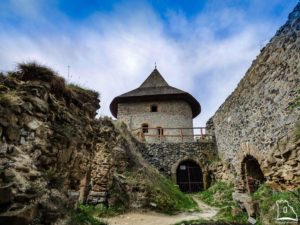
During the Turkish peril, Somoskő castle could defend itself two more decades after the fall of the neighboring Fülek and Salgó castles. It was located just between them. Here is more about Salgó castle:
https://www.hungarianottomanwars.com/ottoman-occupied-lands/salgo/
It was the dwelling place of the widow of Losonczy István in the 1560s’. Her husband was the one who had lost heroically his life during the siege of Temesvár. Her widow lived in Somoskő with her two daughters, Fruzsina and Anna. Anna later became the Muse of the poet Balassi Bálint who had visited her there quite often. He had written the “Julia poems” to her. Read more about Balassi Bálint here:
https://www.hungarianottomanwars.com/essays/balassi-balint-1554-1594/

Lord Ungnád Kristóf appointed Modolóczy Miklós as castellan of Somoskó castle. Unfortunately, Modolóczy was quite an inexperienced soldier. This was why Ali, the Bey of Fülek castle took the small Somoskő castle after a short siege in 1574 because the defenders got frightened at seeing the destruction of his cannons and fled the castle at night. After the death of Ungnád Kristóf, Lady Losonczi Anna gave her hand to Lord Forgách Zsigmond. It was how Somoskő became the property of the Forgách family, even though it was occupied by the enemy.

The Ottomans could keep it until 1593. It was then, that the army of Pálffi Miklós and Kristóf Tiefenbach liberated Fülek castle, and part of the army was sent to take Somoskő and Salgó castles as well. This contingent was led by Prépostvári Bálint.
Seeing them come, the Turkish garrison fled so the castles were taken back without a fight.

During the anti-Habsburg fights, Prince Bocskai István of Transylvania took Somoskő in 1605. However, according to the Treaty of Vienna in 1606, the castle had to be returned to the Habsburg king of Hungary. The castle was considerably reinforced after that, its huge cannon towers were created at that time.

The Diet voted money for the repairs between 1608 and 1619. The Transylvanians were fighting against the Habsburgs in the 30-Year War and Prince Bethlen Gábor seized Somoskő in 1619. He must have got it without a fight, though: almost all the Hungarian garrisons welcomed him during his campaign against the Habsburgs. When the Peace of Nikolsburg was signed in 1622, Somoskő has been returned to the king again.

The Diet ruled in 1647 that the castle must be repaired from the free labor of peasants of the counties. There were 21 Hajdú soldiers defending it in 1670. Its ruin was brought about in 1682 when an Ottoman raiding party set the castle on fire at the time of Fülek’s siege. However, the castle still had a military function after this, too.
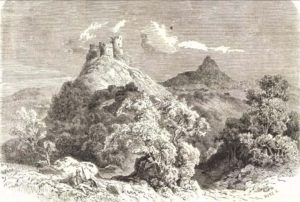
Photo: Szöllősi Gábor www.varlexikon.hu
During the War of Independence of Prince Rákóczi Ferenc, the garrison of Somoskő sided with the rebels in 1703. When the War of Independence was put down in 1711, Emperor Leopold issued an order to blow Somoskő up, similar to many castles in Hungary. However, the order was carried out only in part by the owner of Somoskő, Ráday Pál. Later, we find the castle in the hand of the Péterffi family, then the king gives it to Count Stahremberg Antal.

The village of Somoskő and Dr.Krepuska Géza

The Trianon Treaty of 1920 drew the new border of Hungary in the Karancs-Medves region, north of Salgótarján, south of Somoskő, and Somoskőújfalu. Thus, under the terms of the decision, Somoskő and Somoskőújfalu also became part of Czechoslovakia, along with the many important coal and basalt mines in the area.
However, in a special and unique event, the fate of these two villages was then exceptionally fortunate.

It happened that the following year, when a member of the Budapest Entente Committee fell ill (with a life-threatening ear or throat problem), he was referred to the best specialist in Pest, Dr. Krepuska Géza, professor of otorhinolaryngology at the Rókus Hospital. Not only did Krepuska Géza (1861-1949) spend his childhood in Nógrád County, but he also happened to be one of the investors in the capital who owned a property (including a small mine) in the Somoskő-Somoskőújfalu area, where he established a modest, prosperous farm and where he could indulge his passion for mineral and rock collecting. Krepuska was therefore understandably distressed when, as a result of the tragic Trianon decision, he suffered personal loss, as his dear Somoskőújfalu estate and his dear friends were also ‘abroad’…

Returning to the member of the Entente Committee, the patient reached Krepuska, who successfully cured the English officer; and in the meantime, he told him the sad story of the loss of his estate in Somoskőújfalu, and persuaded his patient to come with him to the former estate. The British officer (Lord Carrey) accepted the invitation and, together with an Entente committee, visited Somoskőújfalu, where Krepuska, together with the director of the Rimamurány Ironworks ( Lipthay B. Jenő) and a legal expert ( Dr. Auer Pál), accompanied them on a tour of the village. They also suggested to the members of the committee that they should try to talk to anyone in the street in Slovak. They tried and failed, as none of the inhabitants spoke Slovak. It was then that the members of the Entente Committee realised that the annexed village they were passing through was a pure Hungarian village!

In his report, Lieutenant General Tánczos Gábor described how Lieutenant Colonel Carey and Major Andó Rikicsi were impressed when they found only Hungarian settlements on their way, whose inhabitants were enthusiastically protesting for the reattachment to the Hungarian homeland. Andó Rikicsi wrote about all this like this:
“Although I have sympathy for them, I have no way to change the peace agreement. But I feel their sadness, and buckets of cold sweat pour down from me when I hear this cheering, and I can’t help but weep…”

The committee’s original vote ratio of 5:1 for the reattachment of Somoskőújfalu and Somoskő has now been changed to 3:3. In the event of a voting tie, Carey, who voted in our favour, was able to cast two votes as chairman, tipping the balance in our favour for the first time in the committee’s history. The proposal to amend the Trianon border was thus referred to the Council of Ambassadors and then to the League of Nations.

The Japanese major, who was instructed by his superiors to prevent the border dispute from being referred to the world body in the uncertain situation after the indecisive vote, played a major role in this. However, Rikicsi, who has become increasingly sympathetic to our cause, said that he would not, for reasons of conscience, withdraw his earlier opinion and insisted that the League of Nations should decide on the status of the two settlements.

According to the final decision proclaimed on 23 April 1923, the Medves region with Somoskő, Somoskőújfalu, most of the Krepuska estates, and a Hungarian-speaking population of about 2,700 returned home, but the dominant high places, such as Sátoros and Somoskő Castle, remained on the Czechoslovak side for strategic reasons.

Although the settlements of Somoskő and Somoskőújfalu were returned to Hungary, the Somoskő castle remained in the possession of Czechoslovakia. This is how the absurd situation that lasted for many decades arose: if someone wanted to go from Somoskő to the castle, which was barely fifty meters from the house on the edge of the village, they had to make a huge and difficult detour through the nearest border crossing. However, Krepuska still managed to achieve that Hungarian miners could continue to visit the other basalt mines, previously owned by Hungary, stuck on the “Czechoslovak side” and transport the extracted stone to Hungary duty-free – they were able to achieve all this with the clever claim that only basalt stone from the mines that remained on the other side of the border was suitable for paving Budapest…

(Sources: Szócsinné Vitéz Léber Ottilia and Konfár Tibor)
Dear Readers, I can only make this content available through small donations or by selling my books or T-shirts:
Please, feel free to support me with a coffee here:
You can check out my books on Amazon or Draft2Digital; they are available in hardcover, paperback, or ebook:
https://www.amazon.com/dp/198020490X or at https://books2read.com/b/boYd81
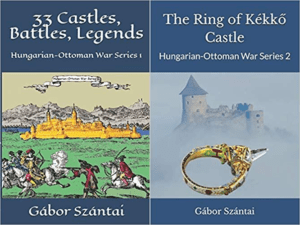
My work can also be followed and supported on Patreon: Become a Patron!http://Become a Patron!
[wpedon id=”9140″]

https://hungarianottomanwars.myspreadshop.com/all

